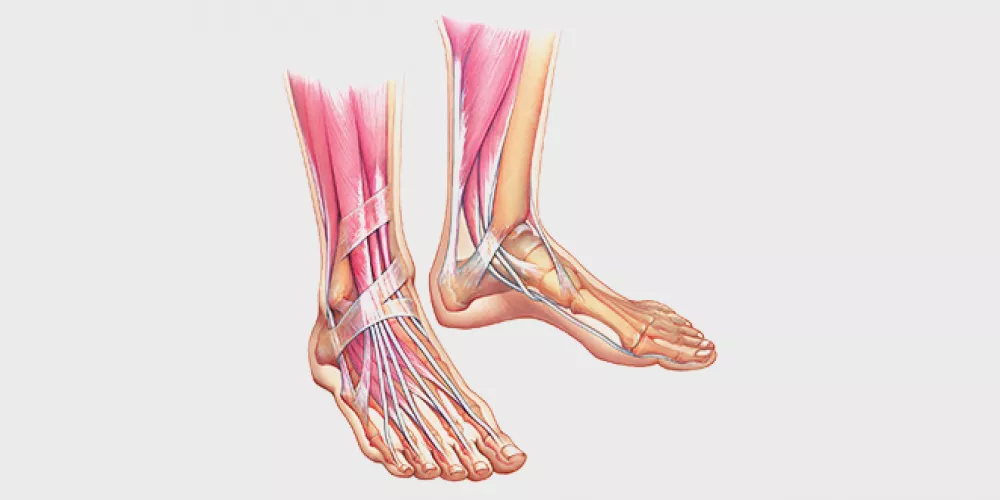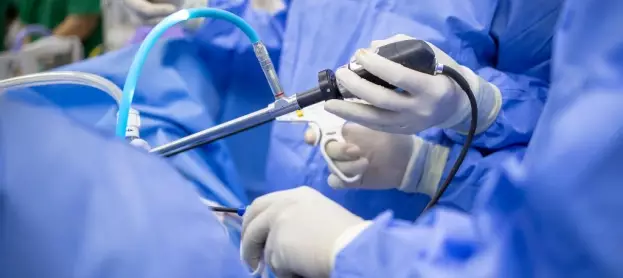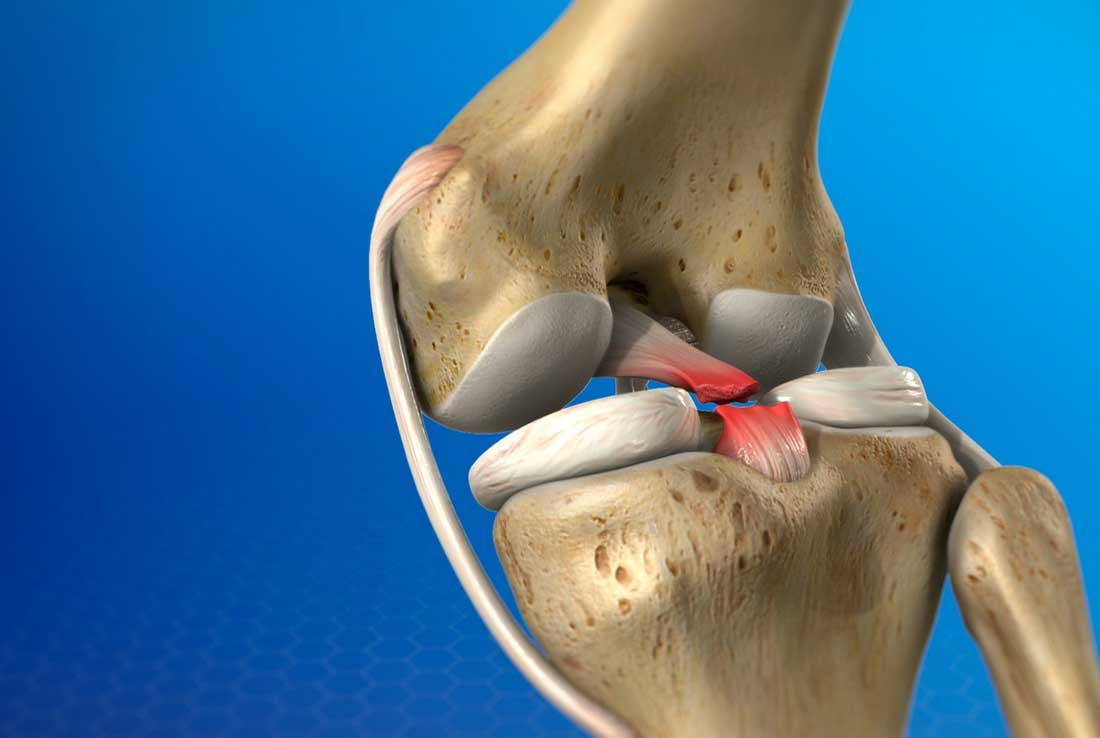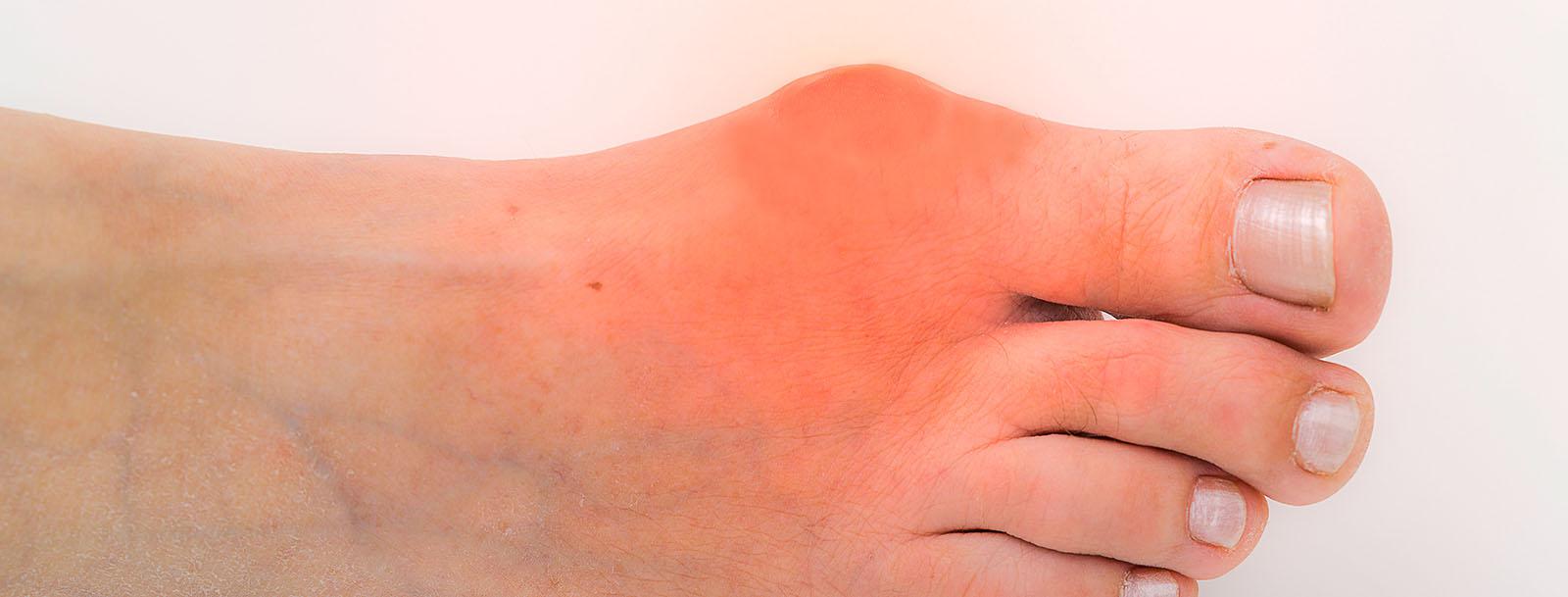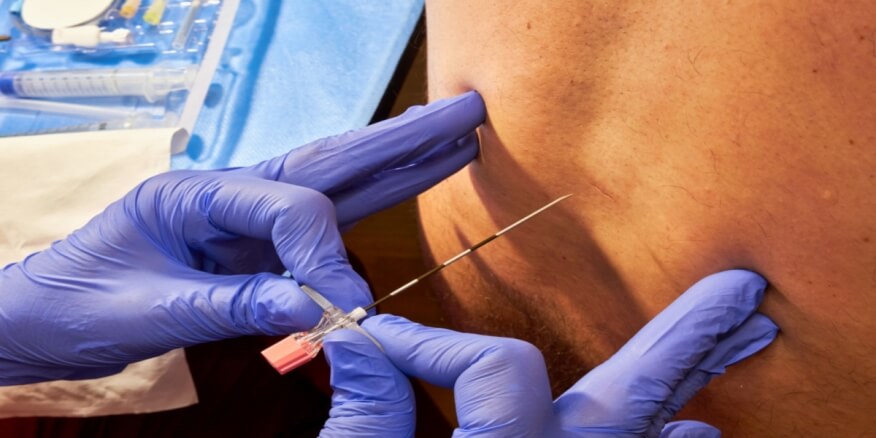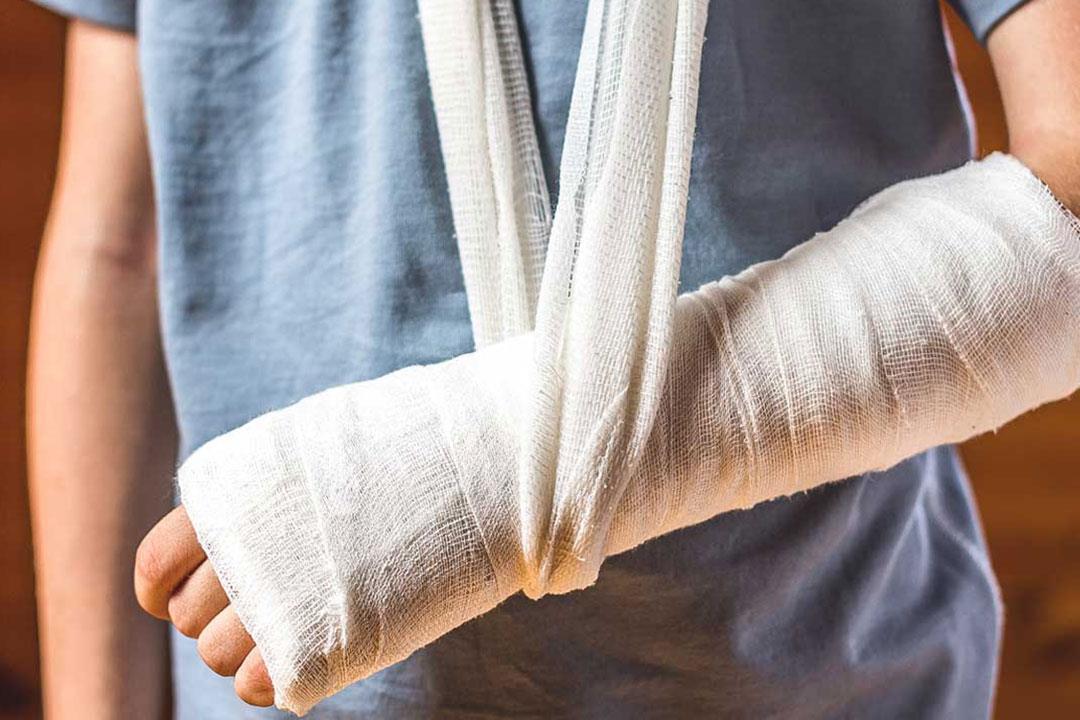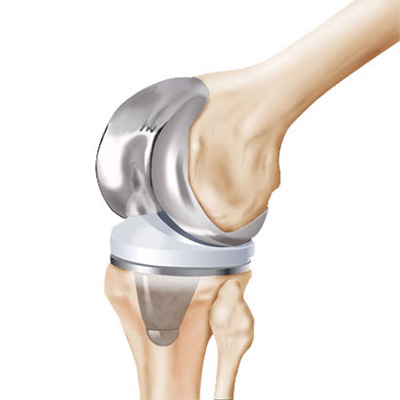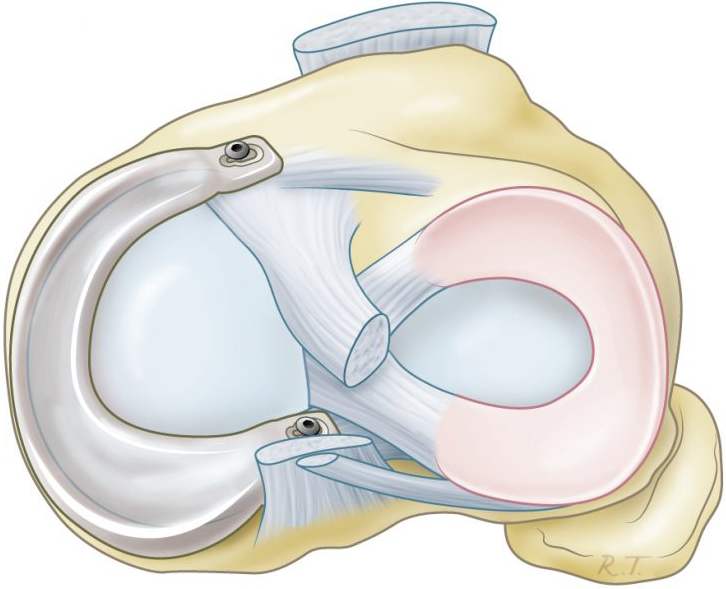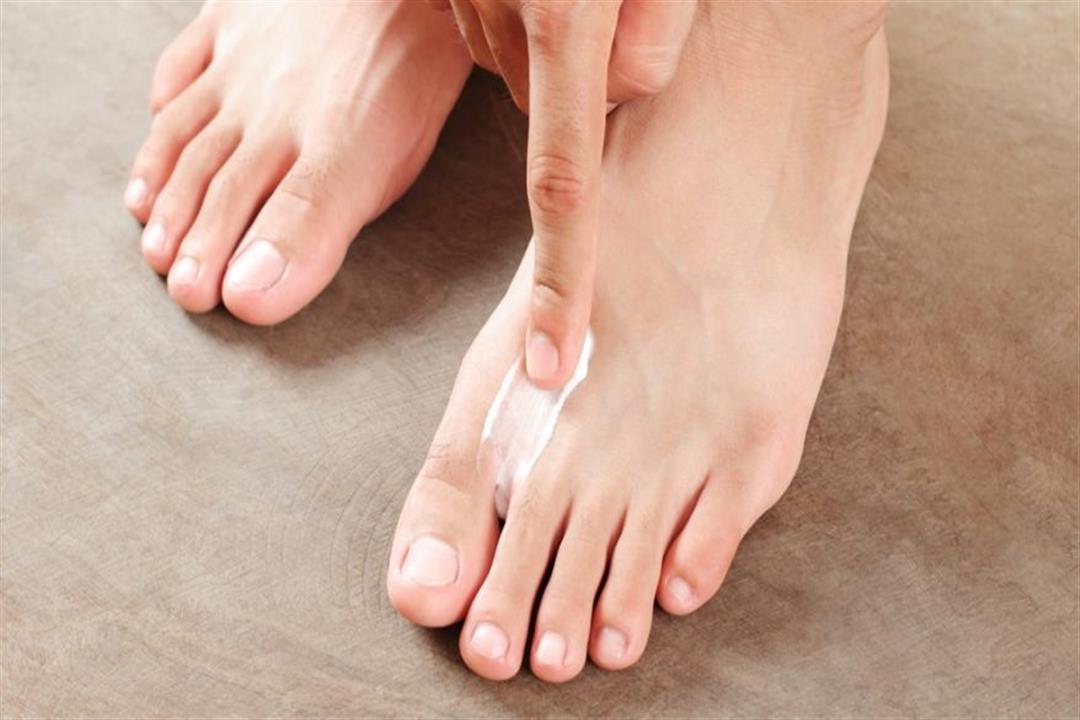Who is the best doctor for cataract surgery in Egypt? And details about its cost?
The Best Doctor for Cataract Surgery in Egypt, Some individuals may require cataract surgery, which leads patients to search for the best doctor to perform the procedure to achieve a good outcome. In this article, we will help you find the best doctor and provide you with information about cataract surgery, its success rate, and the associated costs. So, stay with us to receive all the latest information.

The Best Doctor for Lumbar Puncture in Egypt
Lumbar puncture, also known as a spinal tap, is a procedure that helps diagnose various medical conditions and plays a significant role in diagnosing many cases. Patients often seek the best doctor to perform this procedure to achieve favorable results.
We recommend Dr. Amr Amal, a consultant orthopedic and joint surgeon at Ain Shams University and a faculty member at Ain Shams University. Dr. Amr Amal employs modern techniques and state-of-the-art equipment to treat patients, alleviate their pain, and provide accurate diagnoses. He is known for his straightforward approach, comfortable bedside manner, attentive listening to patients’ complaints, and personal follow-up of cases. Currently, Dr. Amr Amal practices at Dar Al-Fouad Medical Tower, 4th floor, Suite 418, Nasr City. You can directly contact him through the following website.
What is a Lumbar Puncture?
A lumbar puncture is a procedure used to diagnose certain medical conditions. It is performed in the lower back, specifically in the lumbar region. During this procedure, the doctor inserts a needle into the space between two lumbar vertebrae to collect a sample of cerebrospinal fluid (CSF). CSF is the fluid that surrounds and protects the brain and spinal cord from injury.
A lumbar puncture can help diagnose serious infections such as meningitis, central nervous system disorders like Guillain-Barré syndrome and multiple sclerosis, bleeding disorders, or brain and spinal cord cancers. It can also be used to administer anesthesia or chemotherapy drugs directly into the cerebrospinal fluid.

Who Needs a Lumbar Puncture?
A lumbar puncture is typically performed on individuals who have, or are at risk of, one of the following conditions:
- Brain inflammation.
- Meningitis.
- Multiple sclerosis.
- Subarachnoid hemorrhage.
- Guillain-Barré syndrome.
Preparing the Patient for Lumbar Puncture
“Get the personalized and specialized care you deserve through the experience and dedication of Dr. Amr Amal in lumbar puncture.”
There are several essential steps to prepare for a lumbar puncture examination, including:
- The patient should refrain from eating or drinking anything after midnight before the examination.
- It is crucial for the patient to inform the doctor of any medications they are taking, especially blood thinners, or if they have allergies to any type of medications.
How Is a Lumbar Puncture Performed?
A lumbar puncture is carried out by following these steps:
- The patient lies on their side and raises their knees towards the chest, with the chin tucked towards the chest.
- The area of the lower back is sterilized, and medical drapes are placed around the area.
- The doctor administers anesthesia, and the patient may experience numbness.
- The doctor inserts an empty needle from the inside as the anesthesia takes effect, and it may be accompanied by a feeling of pressure.
- The doctor collects cerebrospinal fluid or administers medications depending on the purpose of the procedure.
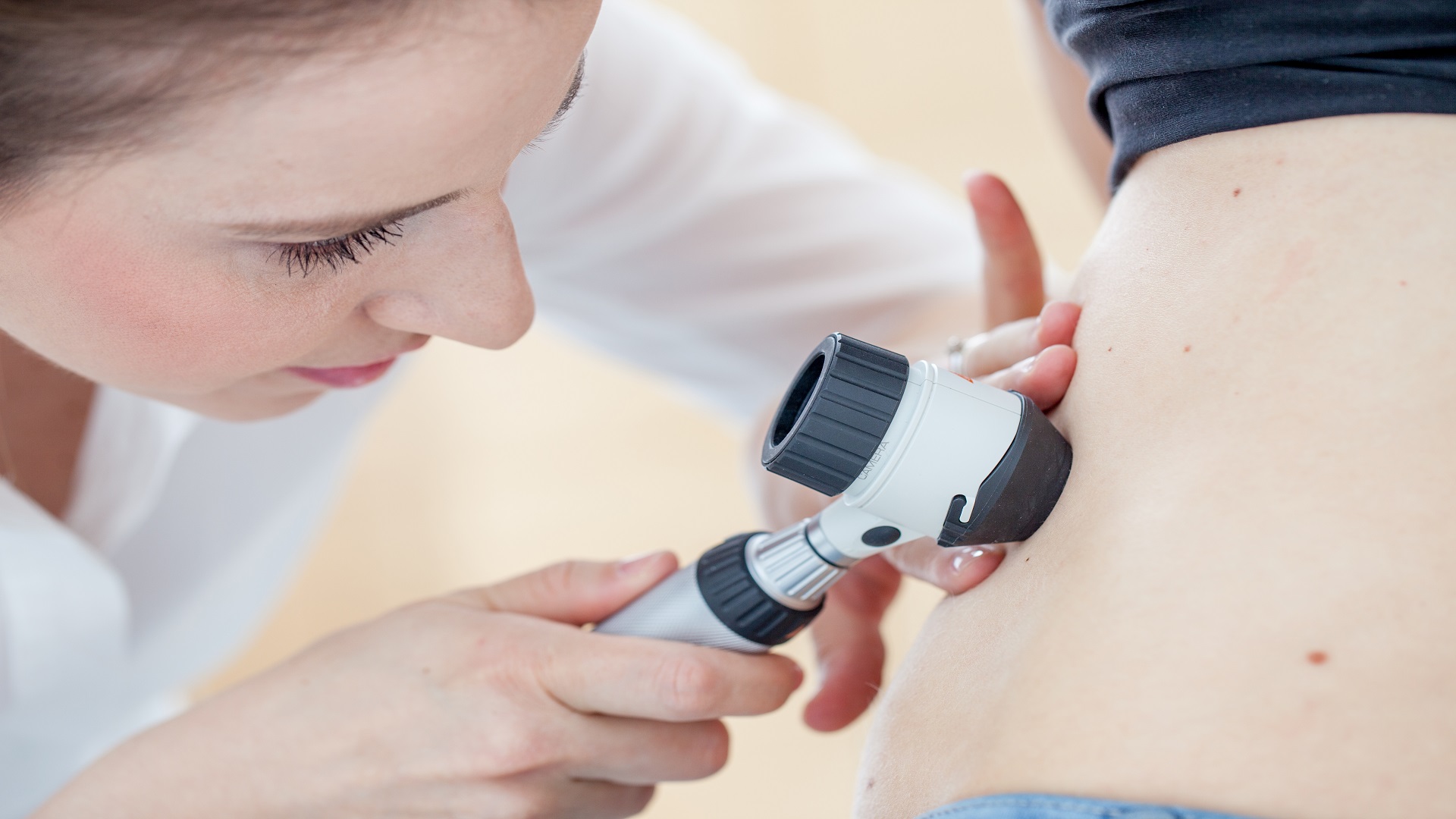
How Long Does a Lumbar Puncture Take?
A lumbar puncture typically takes approximately 30 to 45 minutes. However, the patient should remain in the hospital for a full hour after the procedure is completed and be monitored by the nursing staff.
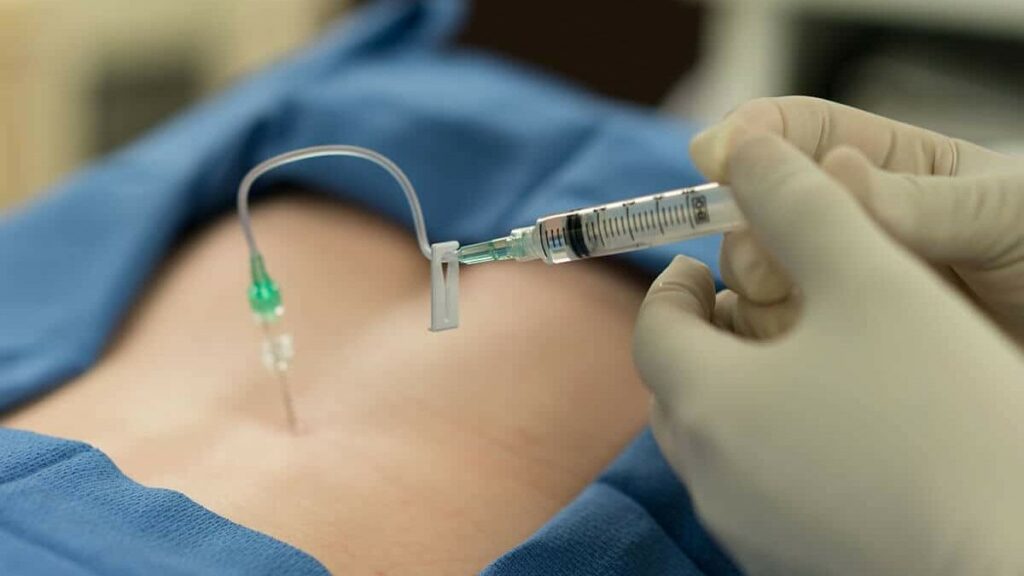
Post-Lumbar Puncture Symptoms
Around 25% of individuals who undergo a lumbar puncture may experience a headache after the procedure, which is a result of fluid leakage into surrounding tissues. Typically, this headache begins several hours to two days after the procedure and may be accompanied by feelings of nausea and vomiting.
If a patient notices any of the following symptoms after undergoing a lumbar puncture, they should consult their doctor immediately:
- Continued severe headache or worsening of pain.
- Persistent nausea.
- Chills and an elevated body temperature.
- The presence of blood or fluid discharge from the puncture site in the back.
- Visual problems or pain when exposed to bright light.
- Continued back pain or increased pain for more than a few days after the procedure.
Risk Factors of Lumbar Puncture
Lumbar puncture is generally considered a safe procedure, but there are some risks associated with it, including:
- Back Pain: Some patients may experience back pain after undergoing a lumbar puncture, which can radiate to the lower extremities.
- Headache: Headaches can occur a few hours after the procedure and may last for up to two days. In some cases, they can be accompanied by nausea and vomiting.
- Bleeding: In some cases, bleeding may occur near the puncture site.
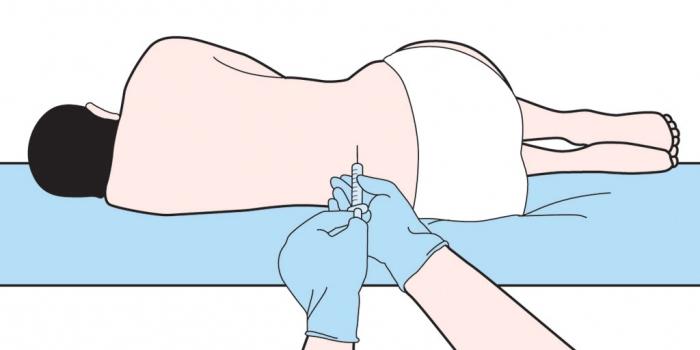
Results of Lumbar Puncture
Normal results of a lumbar puncture include the following reference values:
- White blood cell count: 0-5 cells.
- Red blood cell count: There should be no red blood cells in the cerebrospinal fluid.
- Chloride: 110-125 mEq/L.
- Pressure: 70 to 180 mm H2O.
- Appearance: The fluid should be clear and colorless.
- Total protein: 15-60 mg per 100 mL.
- Gamma globulin: 3-12% of total protein concentration.
- Glucose: 50-80 mg per 100 mL.
These results may vary from one laboratory to another, so the patient should discuss the findings with their healthcare provider to determine if they indicate any underlying issues.
On the other hand, abnormal results may include:
- Abnormal appearance and color of the cerebrospinal fluid, which may indicate infection, white blood cells, or proteins.
- Red-colored fluid may suggest bleeding or spinal cord blockage.
- Brown, yellow, or orange fluid may indicate the presence of proteins or previous bleeding within the past three days.
Blood Cells in Cerebrospinal Fluid:
Elevated levels of white blood cells in cerebrospinal fluid may indicate meningitis, infection, the onset of a serious illness, the presence of an abscess, or multiple sclerosis. The presence of red blood cells suggests acute bleeding in the spinal cord.
Glucose in the Fluid:
High glucose concentration indicates elevated blood sugar levels, while low concentration suggests low blood sugar or the presence of bacterial or fungal meningitis.
Fluid Pressure:
High pressure may be due to increased intracranial pressure, while low pressure may indicate a spinal cord tumor, syncope, shock, or even diabetic coma.

Treatment for Post-Lumbar Puncture Headache
“Lumbar puncture, performed by Dr. Amr Amal, is an effective and advanced procedure that promotes spinal health and enhances your quality of life.”
To treat a post-lumbar puncture headache, the doctor may recommend:
- Resting in bed.
- Staying hydrated.
- Consuming caffeine.
- Oral pain relievers.
- If the headache doesn’t improve within 24 hours, the doctor may suggest one of the following treatment options:
- Intravenous pain relievers and caffeine: Mild pain relievers can help reduce the headache, and direct intravenous caffeine injection can alleviate headaches resulting from lumbar punctures. Typically, this headache disappears after a few hours as caffeine narrows blood vessels in the head.
- Injection of a small amount of blood at the puncture site: In some cases, injecting a small amount of blood at the lumbar puncture site can form a clot, closing the puncture hole. This helps restore normal pressure in the cerebrospinal fluid and alleviates the headache. This is the usual treatment for persistent post-lumbar puncture headaches.
Now, let’s take a brief overview of the symptoms of post-lumbar puncture headaches:
- Throbbing pain in the head with varying intensity, from mild to severe.
- Headache worsens when the patient stands up and improves when lying down.
- Typically accompanied by dizziness and ringing in the ears, also known as tinnitus.
- Light sensitivity or photophobia.
- Stiffness in the neck.





